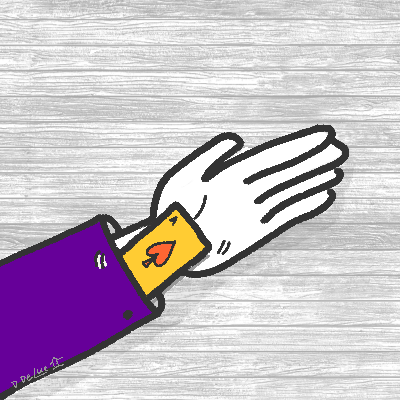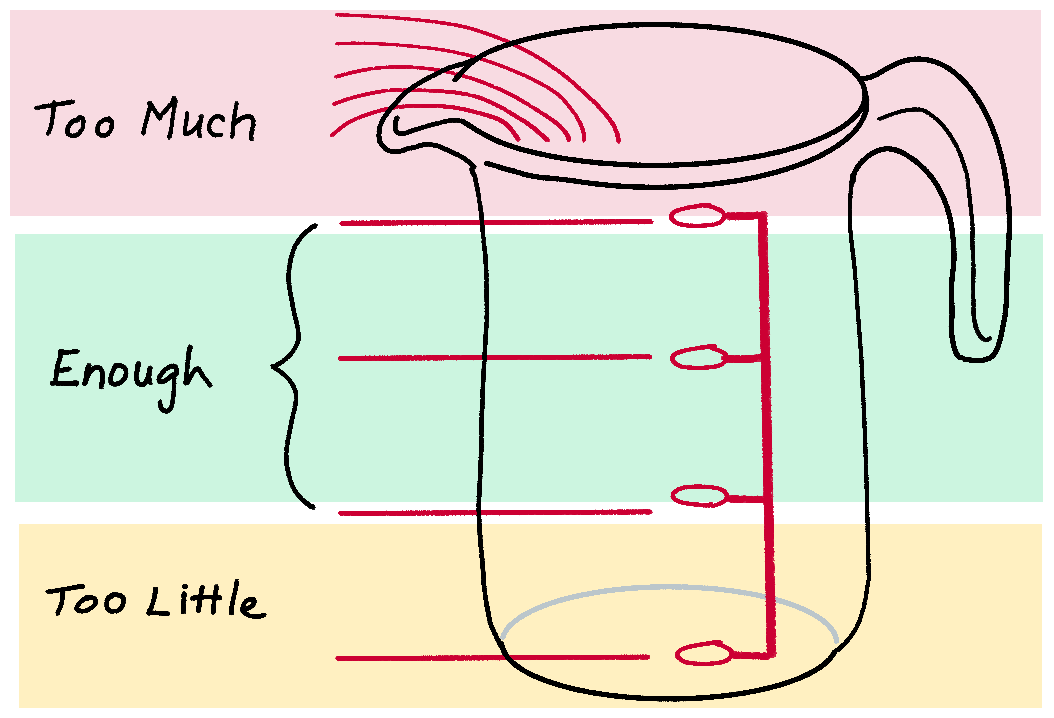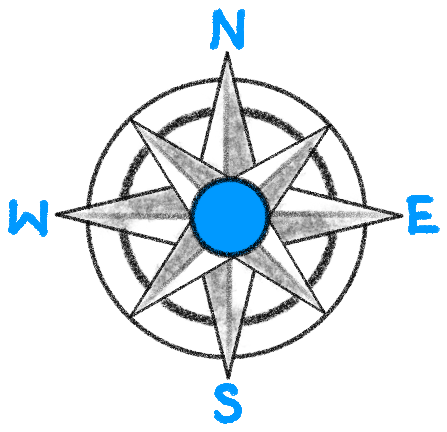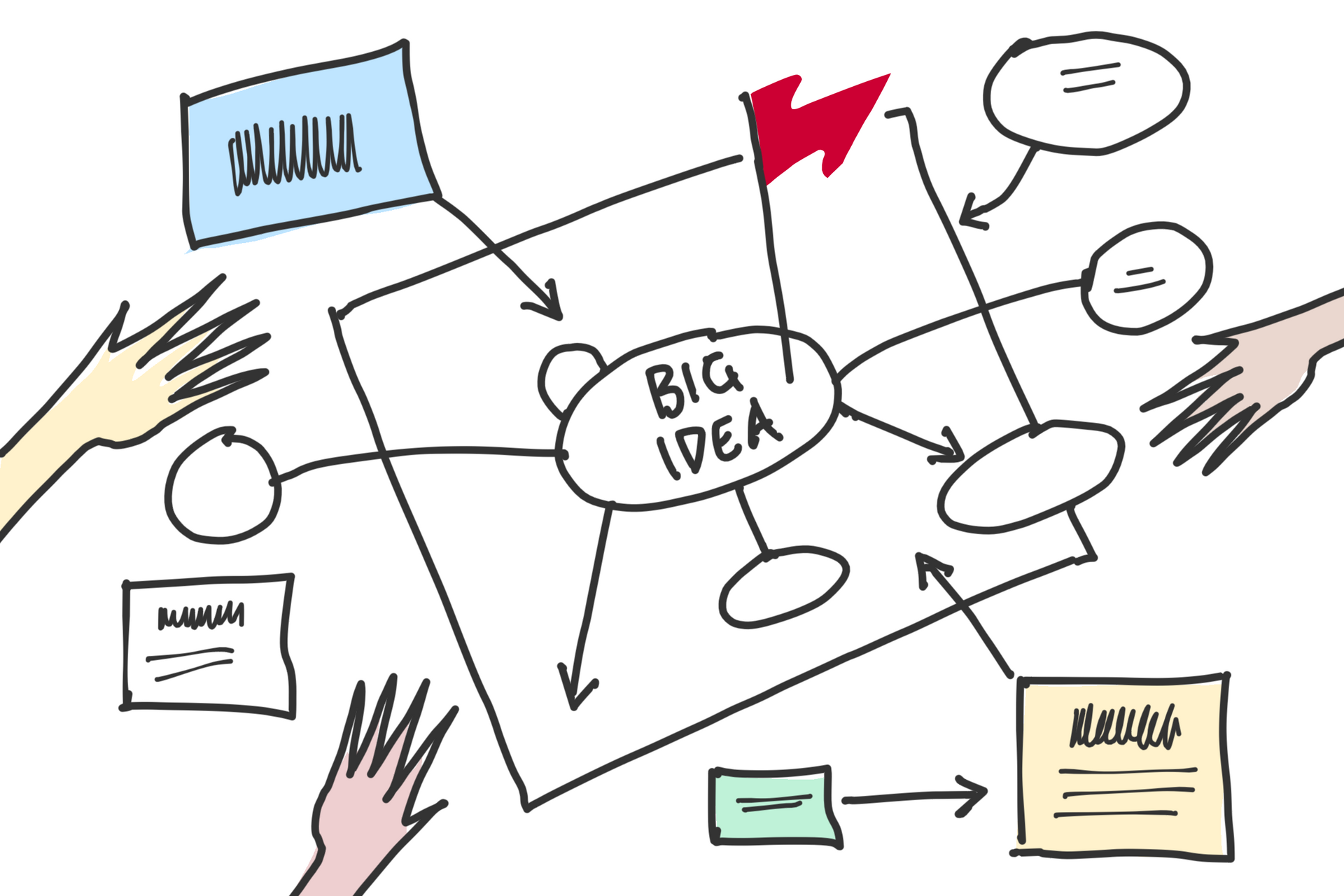Lessons From the Cone
The Art of Applied Visual Thinking
I recently wrote about using a visual Heat Map to help me sort out an important decision quickly when my dog, Kade, experienced an injury. Thankfully, Kade has fully recovered and is back to his bouncy, healthy self. During the healing process, I learned a few more things. My lessons learned relate directly to the process of learning how to do this "visual thinking" thing.
Lessons from Kade …
1. LOSE THE STIGMA. I have heard the fashionable headgear pets are given to prevent them from reinjuring or licking the injured area called a "cone of shame." I'm not sure shame is an emotion dogs feel, to be honest. The cone pushes the pup's ears down, making their expression
appear sad, guilty or possibly remorseful, but from my observation, my dog just seemed sad that he wasn't allowed to play with the friends he encountered.
KEY TAKEAWAY Too often in today's world we are told to "leave it to the experts." At AVT, we believe that learning to use visuals is something everyone can, and in fact should learn to do. Visuals make communication more complete and more universal. Our courses break down the lessons into steps so simple, every human can do them.
2. PRACTICE MAKES PROGRESS. Climbing the stairs, navigating the crate and playing with favorite toys while wearing a cone is not ideal. With practice, however, all things are possible.
KEY TAKEAWAY AVT courses follow a process where you learn a concept first, then try it out in a simple way, then add on complexity gradually.
Repetition builds muscle memory so that the visual thinking skill becomes part of your superpower toolkit.
3. HAVE PATIENCE. Ten days of restricted movement, medication twice per day and tolerating the cone probably felt like ten years in dog time. Extra snuggle time and treats? Priceless.
KEY TAKEAWAY Learning a new skill doesn't happen overnight.
Any tool worth having takes practice to learn how to use it properly. Thankfully, practicing visual thinking is not only valuable, it's fun!
Need to rethink a question; untangle emotions, rethink a problem, innovate, tackle challenges?
Grab a copy of the free template and play along.
Reframing practice.
Download the free Visual Reframing Template. In the first box, write or draw a image (bonus points!) to represent something big or small that is tripping you up. Maybe it's a roadblock that looms large for you, or maybe it's some small thing that has popped up unexpectedly and stolen more attention than you want to give it.
Pause and ask yourself, "what if there were another way to look at this?"
In the second box, find a completely different way to represent the thing.
- Rethink a question
- Translate complicated emotions into empathy
- Turn a problem on its head
- Innovate to turn a design issue into a feature
- Turn a problem into an opportunity
- Reframe a challenge into a lesson to be learned
- Look deeper at a perception to uncover reality
Reframing is related to the innovation method “Reverse” (the "R" in "SCAMPER") which asks you to ponder what would happen if you reversed a process or sequence, did the opposite, swapped roles or reorganized. For lots more visual tools for innovation, check out our AVT for INNOVATION course.














